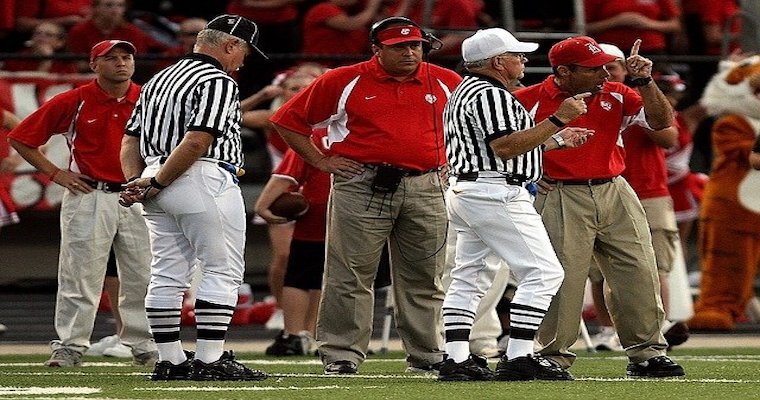
How do we prevent ourselves from falling into traps we create for ourselves, working with others in sport and life? What are these traps? One example relates to our self-esteem (i.e., the status we have with ourselves). Self-esteem is necessary for good psychological health and healthy relationships with others. But what if your esteem is high, but fragile? Fragile high self-esteem is positive but vulnerable feelings of self-worth. You might notice defensiveness (for example, anger and hostility) from a manager when an interviewer asks questions about a team’s poor performance. Of course, there might be other factors at play here as well. When we see a pattern over time, we might conclude that there is much on the line for the manager in this arena, and the manager might feel his team’s poor performance threatens his ego and standing as a manager. Narcissism can reflect this high but fragile self-esteem. Alexander and colleagues at the University of Chicago hospitals found that physicians high in narcissism (compared with those lower in narcissism) were more likely to respond to ego threat by bolstering their self-image. The difficulty with this situation may be that physicians may not be open to new information and lean on their initial opinions.
What if coaches, managers and selectors find themselves in these situations when their fragile high self-esteem is preventing them from learning and supporting others in the performance arena? We want our coaches, managers, selectors and athletes to express their confidence in healthy ways. In families, for example, children with unstable or low self-esteem thought their fathers were highly critical, engaged in insulting name calling and controlled using guilt and withdrawing love (Kerins, 2003). How we see ourselves influences how we see and interpret the actions of others.
It may draw us to others displaying confidence, but yet that person displaying confidence might feel differently about himself and much less confident than he appears. We might work towards a stable high self-esteem but demanding and searching for it often exacerbate the issue at hand. Kerins (2003) reflected upon the differences between seeking and welcoming self-esteem into one’s life. He referred to Herman Hesse’s book, Siddartha, purposely seeking answers about one’s path in life or being open to allow those answers to come to oneself. The latter approach seems more open, educational and illuminating. The more we can accept ourselves as we are, the more we able to learn and grow in daily life rather than the stifling and stumbling approach always reaching for stable self-esteem.
It seems sensible then to remain at ease with others’ questions, opinions and judgements. When we are at ease with this information, we can explore it without defensiveness. The coach, manager, selector, athlete, and parent has a role to play in the sport process to learn about themselves and others. All of these people playing these roles can act as role models for others and harness the better part of ourselves.
References
Alexander, H. (2010). Brief Report: Physician narcissism, ego threats, and confidence in the face of uncertainty. Journal of Applied Social Psychology, 40(4), 947–955. https://doi.org/10.1111/j.1559-1816.2010.00605.x
Kernis, M. (2003). AUTHOR’S RESPONSE: Optimal Self-Esteem and Authenticity: Separating Fantasy from Reality. Psychological Inquiry, 14(1), 83–89. https://doi.org/10.1207/S15327965PLI1401_03
Image by Keith Johnston from Pixabay
